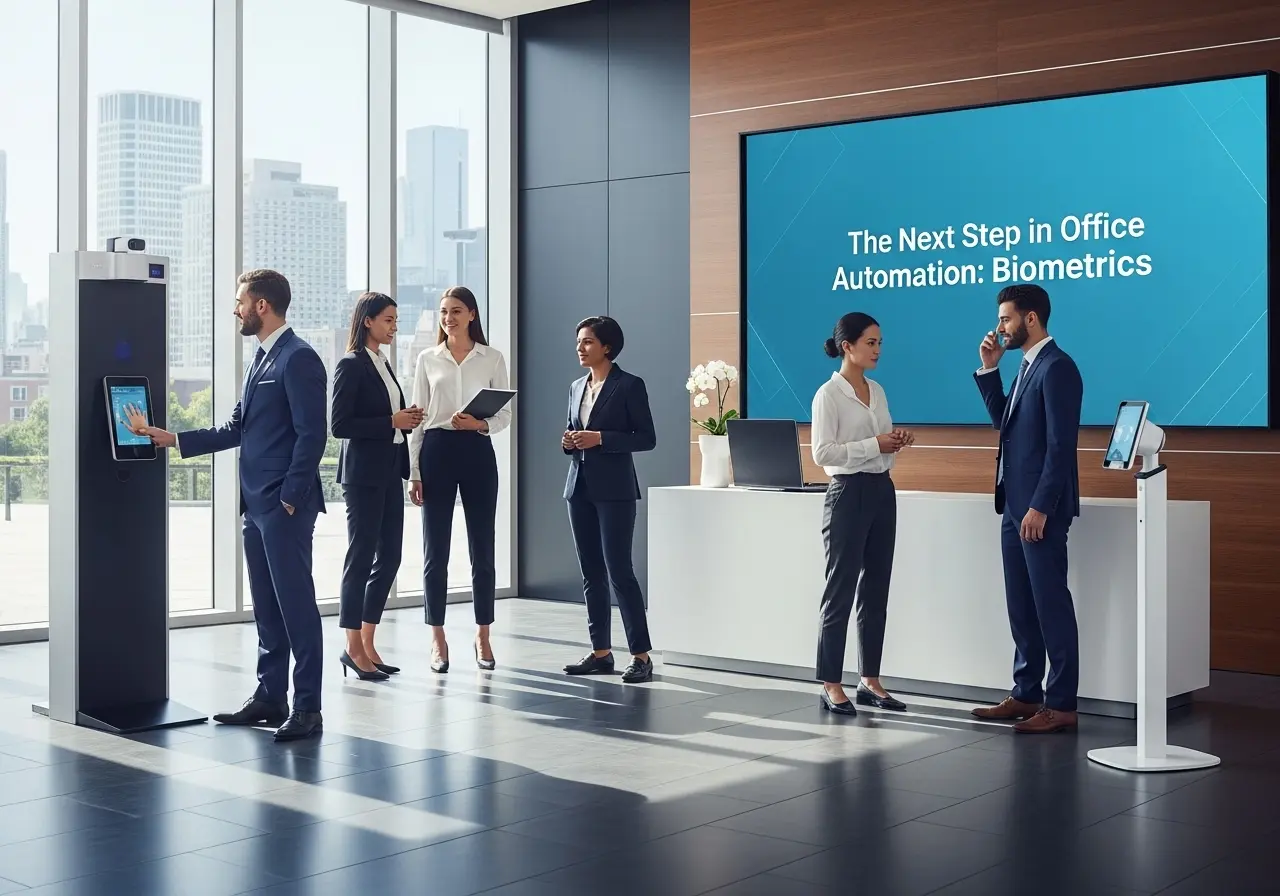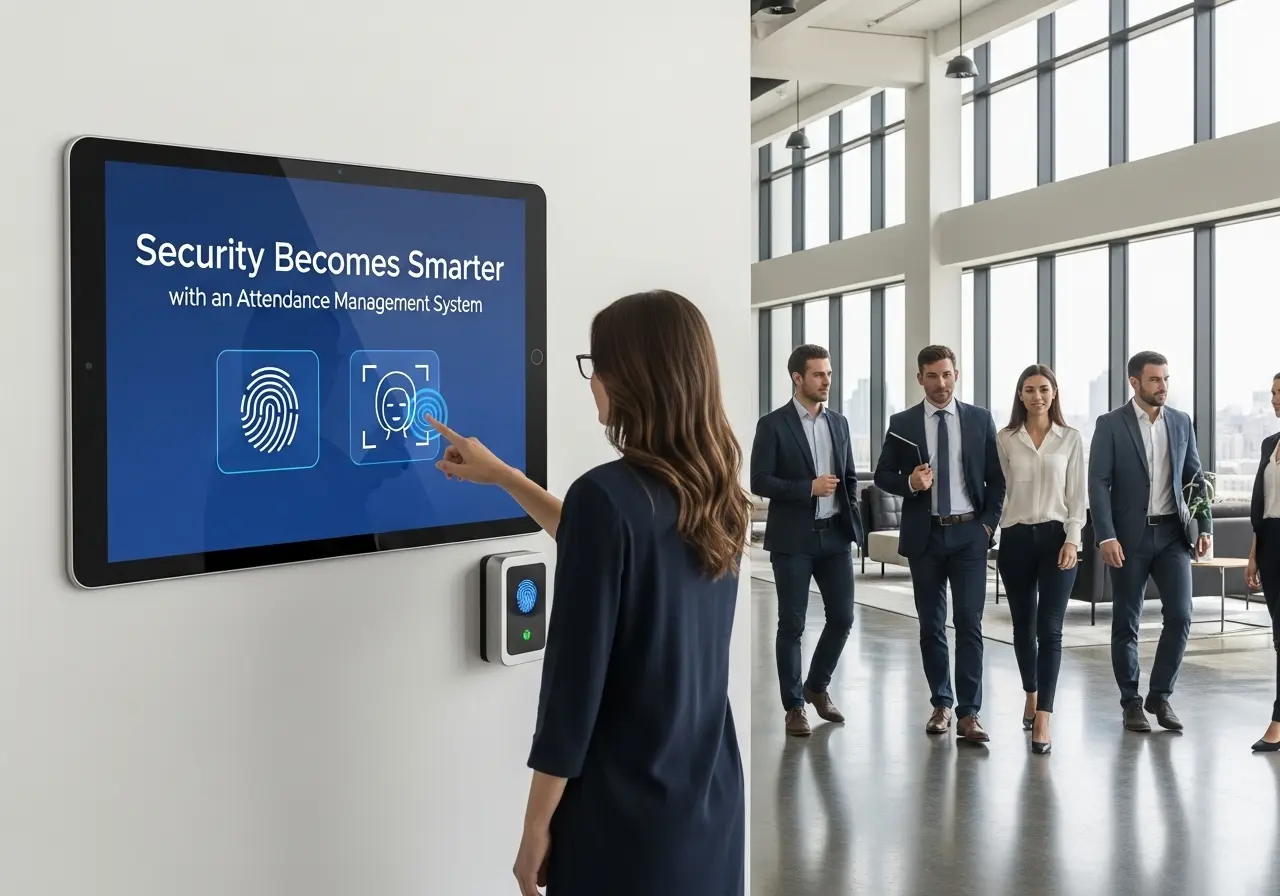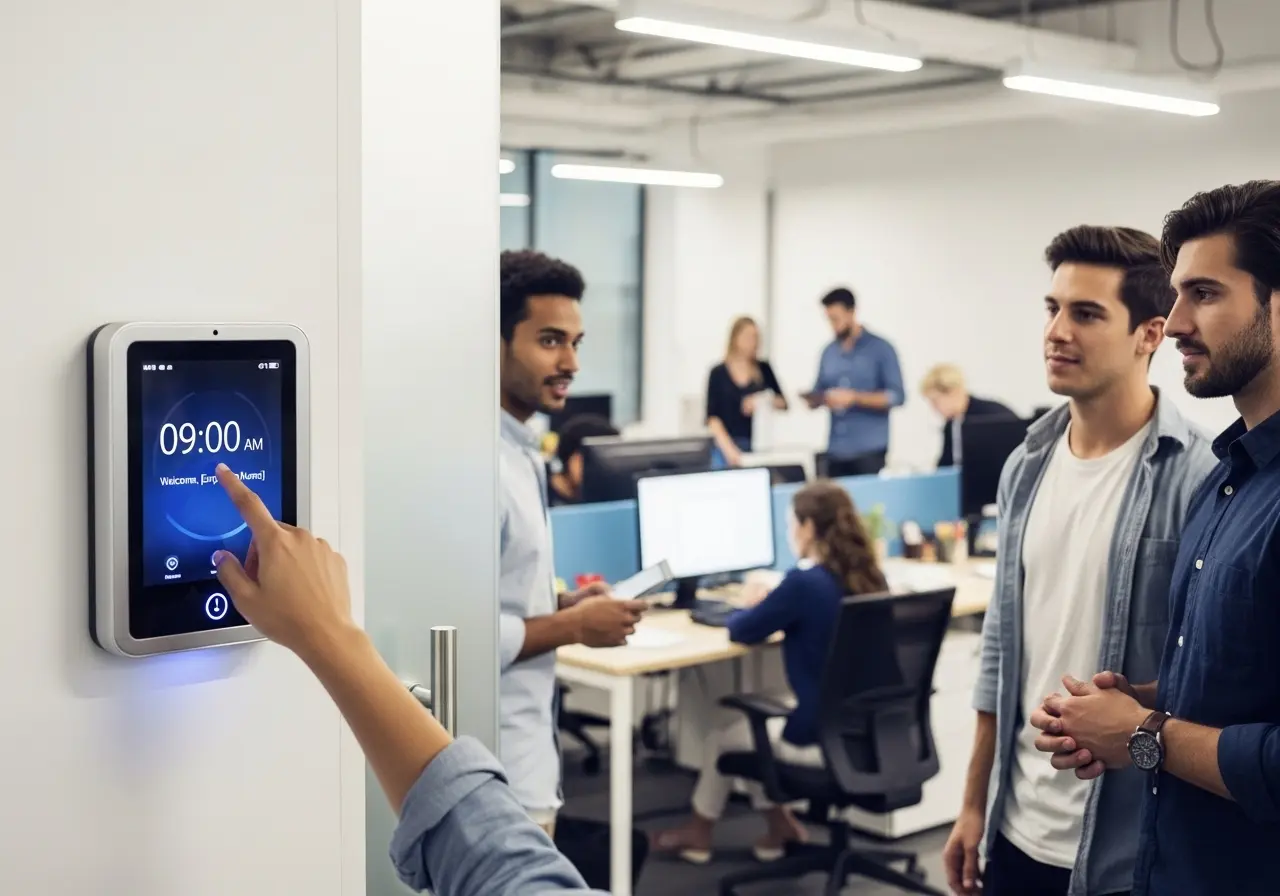The Next Step in Office Automation: Biometrics
Workplaces have changed drastically over the last two decades with automation. Once, it was enough to have email for communication, spreadsheets for reports, and swipe cards for attendance. But today, that baseline isn’t enough because businesses here operate at a speed where every small delay or error costs money, and every inefficiency automatically leads to risks of compliance or employee trust.

That’s why lots of offices are moving toward a different solution, a Time attendance machine - it works where old systems failed.
Why Offices Struggle with Attendance
In simple words, traditional attendance tracking always had cracks. Swipe cards and PIN-based systems made things easier than paper registers, but they weren’t foolproof. Employees still forgot their cards or shared them with coworkers. HR teams still wasted hours reconciling missing entries. And payroll staff? They were often left patching up numbers at the end of every month.
It was a system that looked efficient from the outside but demanded too much human effort behind the scenes.
In a growing economy like the UAE, where organizations range from construction firms to healthcare centers and retail chains, managing this process accurately is all about trust and compliance.
Biometric Attendance Systems
Track employee attendance with accuracy and eliminate manual errors using advanced biometric systems.
How the Biometric attendance machine changes the Story
A Biometric attendance machine solves this by tying attendance to identity itself. It doesn’t ask employees to carry anything or remember a code. Instead, it verifies who they are.
- That can mean a Face recognition attendance machine using facial recognition to let staff walk through quickly without touching anything. In some industries, this method is favored because it avoids queues.
- Or a Fingerprint attendance system, which remains popular for its accuracy and simplicity.
- And for workplaces that prioritize speed in large groups, an RFID attendance machine combines convenience with accountability.
With these systems, excuses disappear, and every login is tied to the particular person.
Look Beyond Clocking Hours
Rather than just tracking who came in and when, biometrics are also about what happens next.
- Traditionally, HR staff had to move the attendance data into spreadsheets, cross-check it, and finally link it to payroll. Each step opened the door to human error. Small mistakes added up to big frustrations, especially in large organizations.
- With today’s systems, an employee attendance machine links directly with an attendance management system. Now every detail, including late arrivals, overtime, and shift swaps, is automatically logged. With a payroll integration machine, you can get automatically calculated salaries without extra human effort.
Security Becomes Smarter with an Attendance Management System
A biometric attendance management system always brings a new layer of security by ensuring only authorized people step into sensitive areas, whether that’s a server room in a financial firm or a restricted zone on a construction site.

Unlike ID cards or keys, which can be shared or misplaced, an access control system provides extra accountability and makes offices more secure without adding extra work.
Cloud-Based Attendance Software & Data Accuracy
The best part of these systems is that managers can now spot high overtime levels, track absenteeism, and identify staffing gaps before they escalate. And it’s possible because a smart attendance device easily uncovers these patterns.
After pairing with cloud-based attendance software, you can also extend these insights across multiple branches.
Access Control with Biometrics
Enhance workplace security with biometric access control, ensuring only authorized staff can enter sensitive areas.
Why Smart Attendance Device Matters in the UAE
We all know that the UAE’s business environment is unique. Retail outlets run from morning till late night across malls, while construction projects involve hundreds of workers across rotating shifts, and hospitals can’t afford delays in staffing. Even small businesses face strict compliance under the Wage Protection System (WPS).

Honestly speaking, outdated systems are both inconvenient and become liabilities, which frequently end up damaging trust and inviting compliance penalties.
A smart attendance device prevents these issues long before they start and allows you to stay reliable in a region where precision and efficiency matter every day.
Changing the Workplace Culture
You know, if technology is one side of the story, then culture is the other. When employees see that attendance is tracked fairly and payroll is always accurate, their trust increases and disputes fade away.
HR stops spending its days fixing mistakes and starts focusing on team bonding for outstanding results, which ultimately makes managers confident in the data they’re using.
Basically, automation here doesn’t replace the human element. It strengthens it by giving employees and leaders space to focus on what truly drives a business forward.
So, biometrics are already streamlining attendance and payroll across offices in the UAE, but this is only the beginning. Over time, the Time tracking system will connect more deeply with scheduling, performance tracking, and workforce planning.
Office Automation Integration
Integrate biometrics with office automation tools for seamless workflows and smarter business operations.
Right now, one thing is certain. Biometrics are gradually becoming the foundation of modern office automation, helping businesses cut errors, save time, and operate with confidence.
